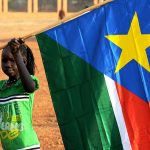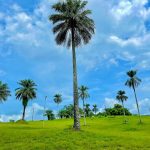If you’ve ever wanted to immerse yourself in one of the most unique and culturally rich events in Papua New Guinea, the Sepik River Crocodile Festival should definitely be on your radar.
This colorful, wild, and fascinating celebration combines tradition, art, dance, and local spirituality—all centered around one of Papua New Guinea’s most iconic symbols: the crocodile. While it may not yet be on the mainstream travel map, the festival offers a deep insight into the region’s history, culture, and natural beauty.
Click the link to see the festivals of Papua New Guinea.
The Crocodile’s Cultural Importance
The crocodile isn’t just a reptile in this part of the world. For the people of the Sepik River region, it’s a sacred creature, representing strength, power, and ancestral ties. Known as “crocodile people” in local traditions, many communities living along the river believe they descend from these creatures. It’s no exaggeration to say that crocodiles have a deep, symbolic connection to daily life and spirituality here.
The Sepik River Crocodile Festival serves as a way to celebrate this connection while strengthening community bonds and sharing traditions with visitors and other local groups. This is not just a festival; it’s a cultural storytelling event expressed through dance, art, ceremonies, and performances.

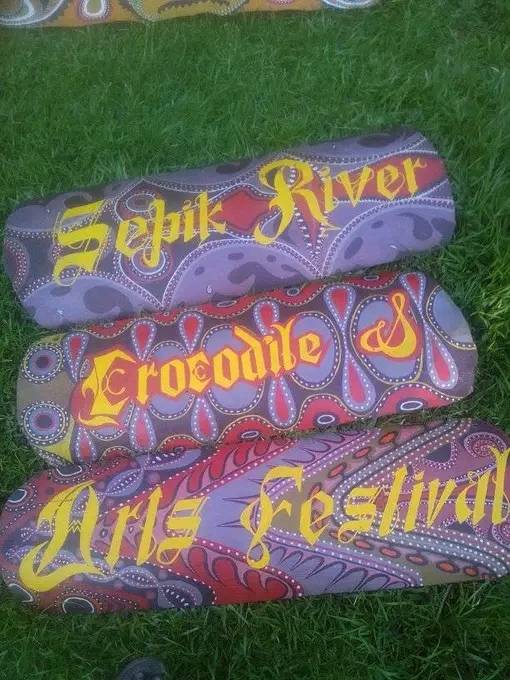
Photo: Raymie Hopungo Aplas, Sepik River Crocodile and Arts Festival Event
The Roots of the Festival
The origins of the Sepik River Crocodile Festival can be traced to the desire to celebrate these cultural traditions while fostering community ties and encouraging cross-cultural understanding. The festival is rooted in the practices of the many ethnic groups that live in the Sepik River basin, including the Iatmul, Abelam, and many other tribes. These groups all share traditions connected to crocodiles, viewing them as sacred and symbolic creatures in both creation stories and spiritual life.
Held in Wewak, the festival draws tribes from all across the Sepik River region to share performances, crafts, and traditional knowledge while paying homage to their shared history. Visitors from all over the world are welcomed to witness these traditions, and their presence highlights the global appeal of Papua New Guinea’s unique cultural diversity.
Click to read about the politics of Papua New Guinea.
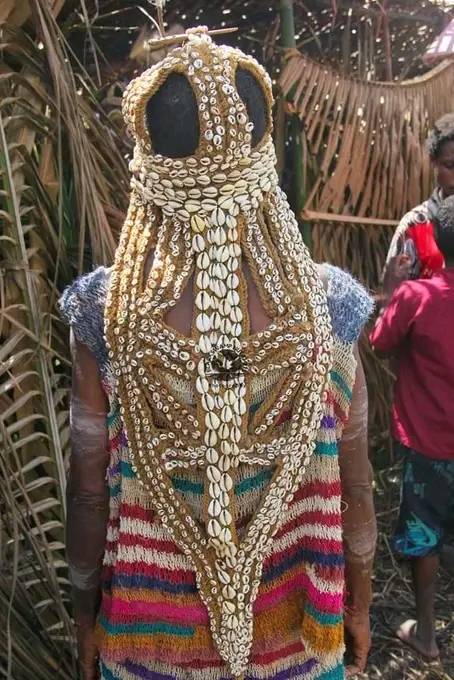
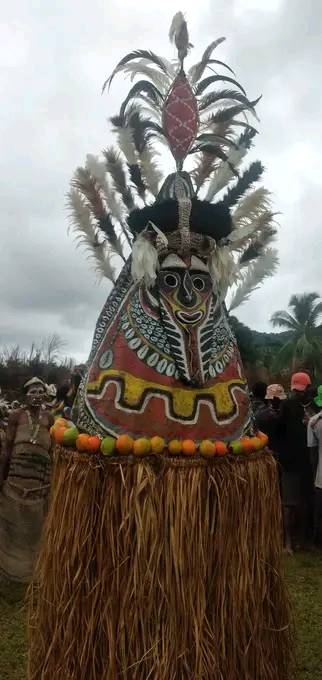
What to Expect at the Festival
The Sepik River Crocodile Festival is a mix of vibrant dances, storytelling, and traditional ceremonies. Here’s a breakdown of the highlights:
Traditional Dances and Rituals
One of the key features of the festival is traditional crocodile dances. These dances mimic crocodile movements and are rich with symbolism, connecting the performers to ancestral spirits and the natural world. Each tribe brings its unique style to these dances, ensuring the performances are diverse and visually captivating.
Art and Craft Exhibitions
The Sepik River region is world-famous for its wood carvings and traditional art. At the festival, you’ll find incredible displays of craftsmanship, including intricately carved masks, sculptures, and traditional ceremonial items. These artworks often draw from crocodile imagery, reflecting the strong spiritual connection the local communities have with the animal.
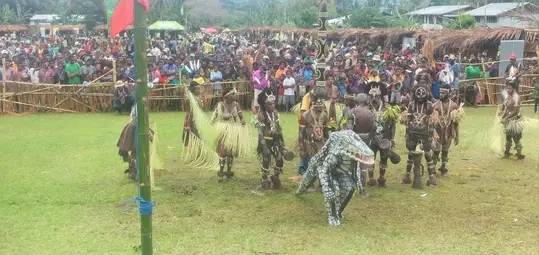
Ceremonies and Sacred Rites
During the festival, visitors can witness ceremonies rooted in traditional beliefs and local practices. These rituals are often focused on honoring the crocodile spirit and connecting with ancestors. While some ceremonies are open to the public, it’s important to approach these moments with respect, as they hold great spiritual significance to the local people.
Music and Storytelling
The festival isn’t just about dance. Storytelling through music and traditional chants plays a key role in conveying the history of the tribes, their mythology, and their connection to the natural world. Many of these stories highlight the role of the crocodile as both a spiritual guide and a symbol of power.
Where the Festival Happens
The Sepik River Crocodile Festival takes place in Wewak, the capital of East Sepik Province. Wewak is a gateway to the Sepik River region and offers visitors the chance to experience local culture, markets, and other aspects of Papua New Guinea life. While Wewak itself is a laid-back coastal town, during the festival, it transforms into a hub of culture, dance, and community celebration as people come from all over the region.
Getting to Wewak typically involves flying into Port Moresby, Papua New Guinea’s capital, and then connecting to a domestic flight. Although remote, the effort to travel there is absolutely worth it for the cultural experience the festival provides.

Why the Festival Matters
Beyond being a celebration, the Sepik River Crocodile Festival is a means of preserving culture. Many of the traditional dances, artworks, and ceremonies risk being lost over time due to modernization and external pressures. Events like this help ensure that these traditions are celebrated and passed on to younger generations.
The festival is also a way for different communities to come together. With over 100 ethnic groups living in Papua New Guinea, these regional celebrations foster shared understanding and collaboration. Additionally, it offers a rare opportunity for outsiders to experience the stunning diversity of Melanesian culture first-hand.
What’s Next for Visitors?
If you’re thinking of attending the Sepik River Crocodile Festival, it’s important to prepare for the experience. While the festival itself is unforgettable, Papua New Guinea as a whole can feel daunting due to its remoteness and lack of developed infrastructure. Getting off the beaten path is part of the adventure, but it’s worth noting that local flights and access can be unpredictable.
Visitors should plan carefully, respect the local traditions, and learn about the customs and expectations ahead of time. This ensures a positive, enriching experience that builds connections rather than misunderstandings.
The Big Picture
The Sepik River Crocodile Festival is about much more than crocodiles and dances. It reflects the stories of Papua New Guinea’s people, their connection to the environment, their ancestors, and their shared history. The festival is a chance to experience not only breathtaking performances but a sense of shared humanity that can only come from understanding a culture so deeply tied to the natural world.
Click the link to see our 2025 Papua New Guinea tours.



